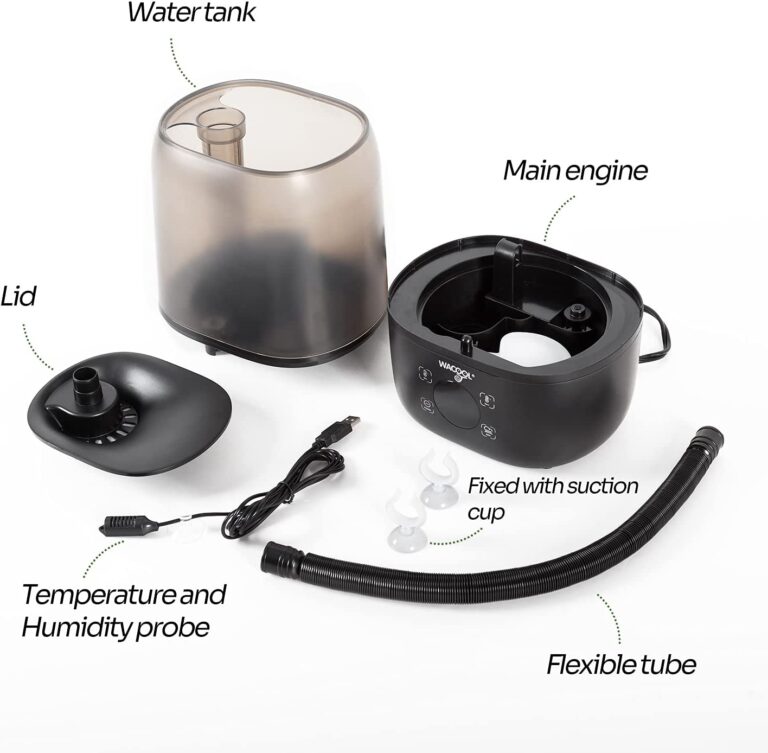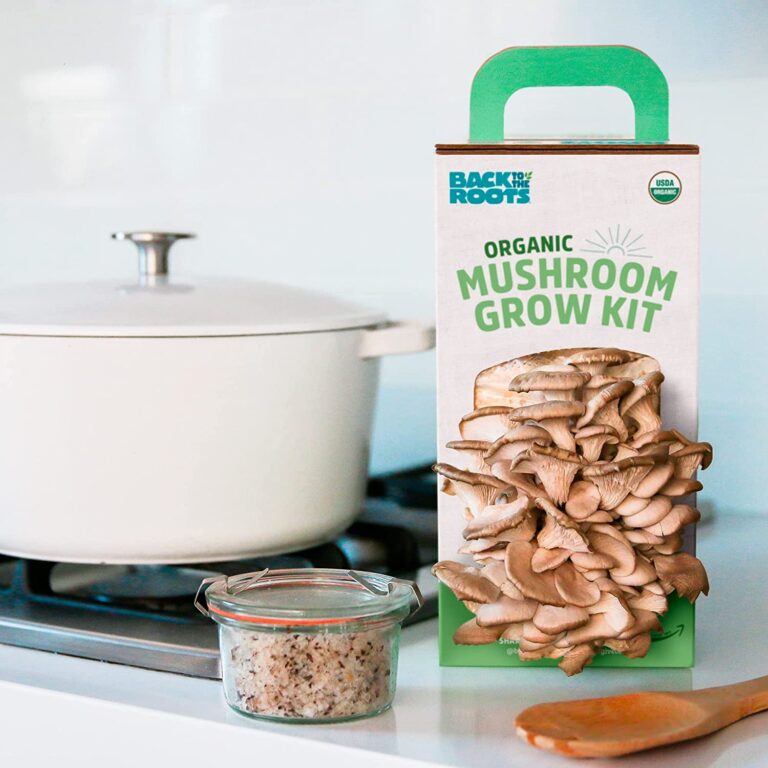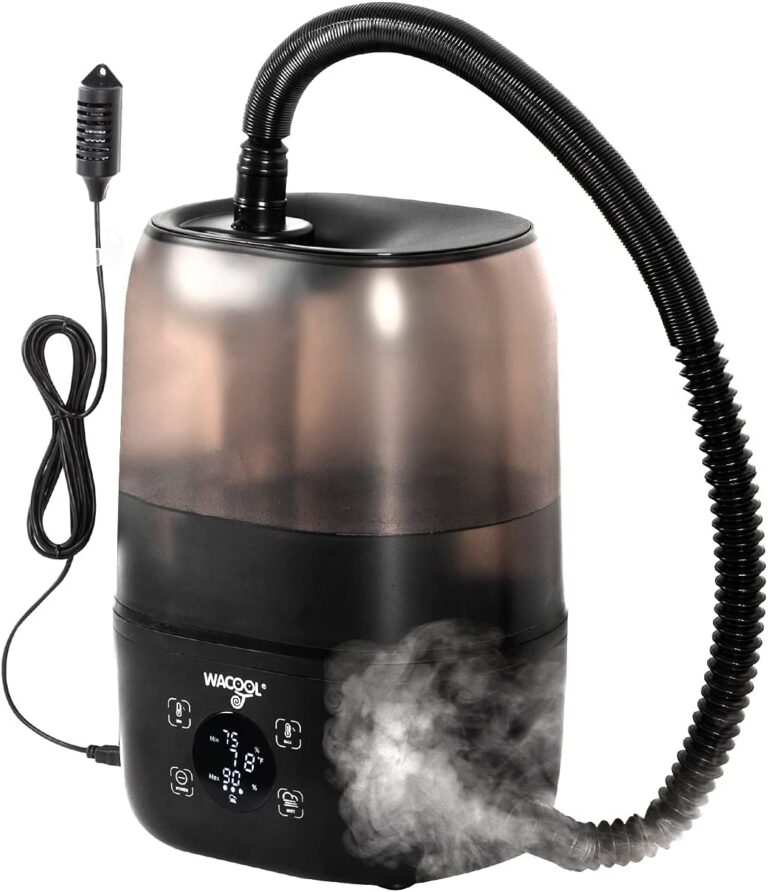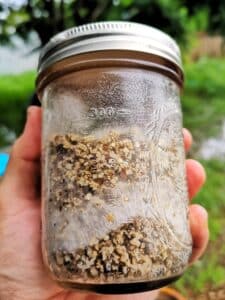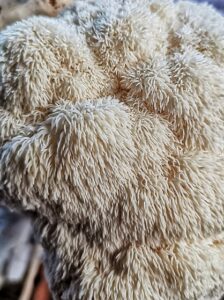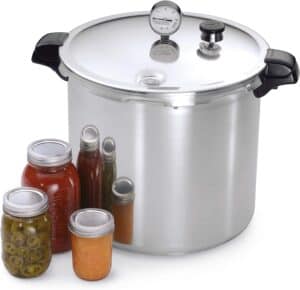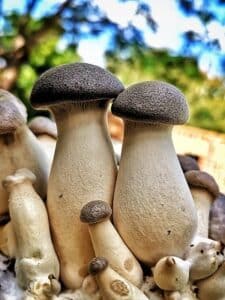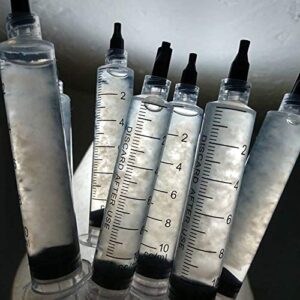Summer may bring warm weather and longer days, but for mushroom growers, it presents a unique set of challenges. With high temperatures and increased humidity, it becomes a delicate balancing act to maintain the optimal growing conditions needed to cultivate a successful crop of mushrooms.
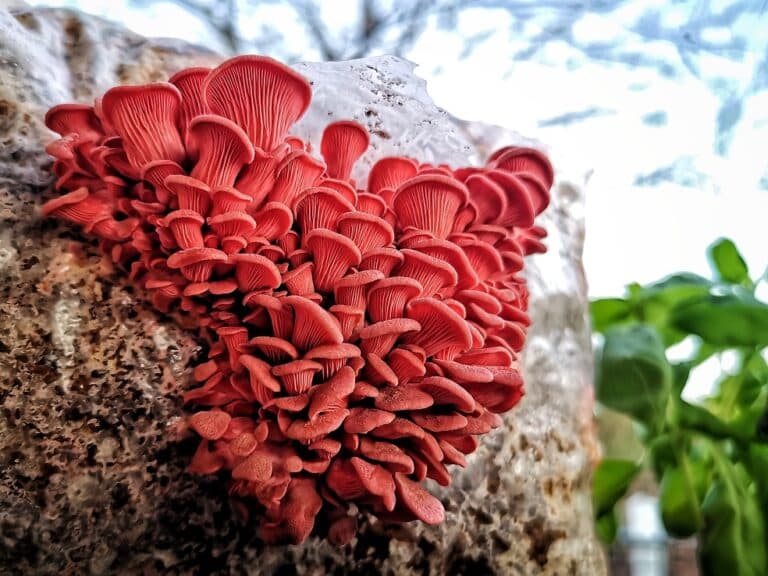
Mushrooms That Struggle in Summer
Mushrooms are a type of fungus that grow best in specific environmental conditions, and too much heat can negatively impact the growth and development of certain varieties. For example, Enoki and Shiitake mushrooms are native to East Asia and prefer cooler temperatures and high humidity. When exposed to excessive heat, the growth of these mushrooms can slow down and the quality of the fruit bodies can be affected, leading to reduced yields and lower-quality crops.
King Oyster mushrooms, also known as King Trumpet mushrooms, are another example of a variety that struggles with high temperatures. These mushrooms grow best in temperatures between 50-70°F, and they have a hard time fruiting when the temperature exceeds 80°F. The high heat can cause the mushroom to abort the fruit formation process, which can result in fewer and smaller mushrooms.
In addition to reducing the yield and quality of the mushrooms, too much heat can also impact the pinning process, which is the initiation of fruiting bodies. This process is influenced by many factors, including temperature, humidity, and light, and excessive heat can disrupt the delicate balance needed for successful pinning.
Overall, it’s important for mushroom growers to understand the specific growing requirements of the mushrooms they are growing and to maintain optimal conditions to ensure a successful harvest. While growing mushrooms in hot climates can be a challenge, with proper techniques and careful management, it is possible to cultivate a healthy crop even in the summer.
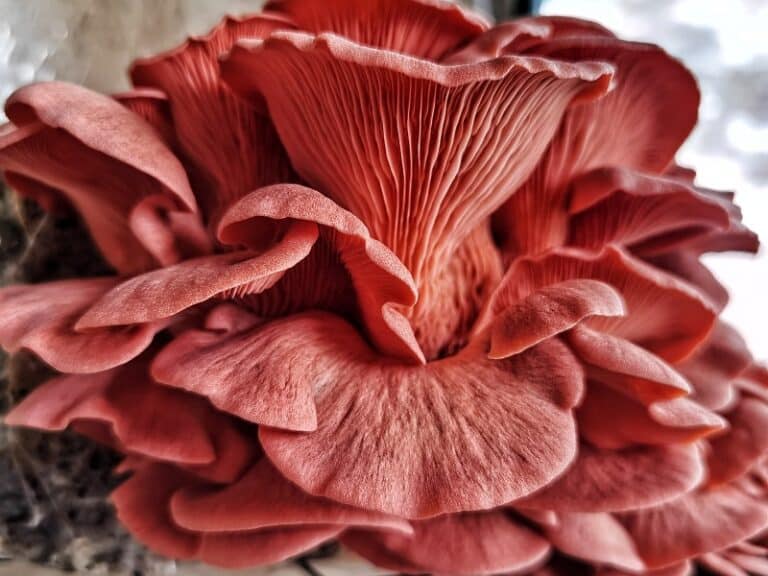
Mushrooms That Thrive in Summer
Not all mushrooms struggle with warm temperatures, as some varieties actually prefer and grow well in warm conditions. Pink Oyster mushrooms, for instance, are a heat-loving species that can grow well in temperatures ranging from 60-80°F. These mushrooms are popular among growers for their fast growth rate and vibrant pink color, and they can be a great option for those looking to grow mushrooms in warmer climates.
Yellow Oyster mushrooms are another variety that grows well in warm temperatures and can produce a large harvest in just a few weeks. These mushrooms have a unique, bright yellow color and a delicate flavor, and they can be grown on a wide range of substrates, including straw and sawdust.
In addition to Pink and Yellow Oysters, some white oyster strains can also grow well in warm conditions. Button mushrooms, also known as Agaricus bisporus, are another variety that can thrive in warmer temperatures. These mushrooms are the most commonly grown and consumed mushroom in the world, and they can be found in many grocery stores and restaurants.
These heat-tolerant varieties of mushrooms can be a great option for growers looking to cultivate a successful crop in warm climates, as they are able to produce a harvest in a relatively short amount of time. However, it is still important to maintain optimal growing conditions, as even these heat-loving species can be affected by extreme heat or fluctuations in temperature and humidity.
Growing The Paddy Straw Mushroom
The Paddy Straw Mushroom (Volvariella volvacea) is a type of mushroom that is well-suited to grow in hot, humid summer weather. This species is native to Southeast Asia and is commonly grown for its delicate flavor and tender texture. It is a popular ingredient in many Asian cuisines and is often used in stir-fries, soups, and other dishes.
Despite its ability to thrive in hot, humid conditions, growing Paddy Straw Mushrooms can still present some challenges. One of the primary challenges is the need for precise temperature control. This species prefers temperatures between 75-85°F and can be sensitive to fluctuations in temperature. If the temperature is too low, the growth of the mushrooms can be slowed, and if it’s too high, the mushrooms can become stunted or abort their fruit formation.
Another challenge with growing Paddy Straw Mushrooms is the need for a high level of humidity. This species requires a relative humidity of over 85% to grow properly, and maintaining this level of humidity can be difficult in warm, dry conditions. If the humidity is too low, the mushrooms can become dry and brittle, and if it’s too high, they can become contaminated with other types of mold or bacteria.
Additionally, Paddy Straw Mushrooms can be sensitive to light and air flow, and growers need to be mindful of these factors when growing this species. Too much light can cause the mushrooms to produce sporocarps (the reproductive structures of the fungus), which can reduce the yield and quality of the crop, and too little air flow can lead to poor distribution of carbon dioxide and oxygen, which are critical for healthy growth.
Despite these challenges, Paddy Straw Mushrooms can still be a great option for growers who are looking to grow mushrooms in hot, humid summer weather. With proper techniques and careful management, it is possible to cultivate a healthy crop of these delicious and versatile mushrooms.
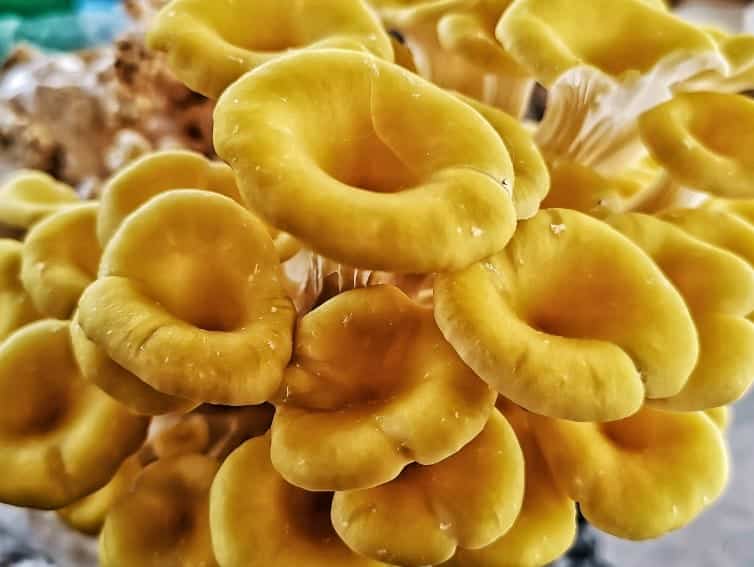
Managing Humidity in Summer
Maintaining high levels of humidity is crucial for the successful growth of mushrooms, especially during the hot and dry summer months. This is because mushrooms are fungi and rely on moisture to survive and grow. If the humidity is too low, the spores of the mushrooms can become dry, brittle and eventually die.
High humidity helps to keep the substrate (the material used to grow the mushrooms) moist and helps to prevent the growth of unwanted mould and bacteria. It also plays a crucial role in maintaining the delicate balance of carbon dioxide and oxygen levels, which are necessary for the growth and development of the mushrooms.
In addition to its impact on the growth of the mushrooms, high humidity is also important for the formation of fruiting bodies. The fruiting bodies are the reproductive structures of the fungus and are responsible for producing the mushrooms that are ultimately harvested. If the humidity is too low, the fruiting bodies may not form or may be stunted, which can result in a smaller harvest and lower quality mushrooms.
To maintain high levels of humidity during the summer, growers can use a variety of techniques, including misting the substrate regularly, covering the growing area with plastic or a tent, or using a humidifier. It is also important to monitor the humidity levels regularly and to adjust the techniques used to maintain the optimal level of humidity.
Maintaining high levels of humidity is critical for the successful growth of mushrooms during the summer and throughout the year. By carefully managing the humidity levels, growers can cultivate healthy and productive crops of delicious and nutritious mushrooms.
Using A Humidifier
Using a humidifier is a common and effective way to maintain optimal growing conditions for mushrooms. By adding moisture to the growing environment, a humidifier helps to create the high levels of humidity that are required for the healthy growth of mushrooms.
Some of the key benefits of using a humidifier in mushroom cultivation include:
Improved Growth: High levels of humidity are essential for the growth and development of mushrooms, and a humidifier can help to maintain these levels, even during periods of low humidity. This can result in faster growth, larger fruiting bodies, and higher yields.
Reduced Contamination: By maintaining a high level of humidity, a humidifier can help to reduce the risk of contamination from other types of mold or bacteria. This can lead to healthier and more productive crops.
Better Fruiting: High humidity is critical for the formation of fruiting bodies, which are the reproductive structures of the fungus that produce the mushrooms. By using a humidifier, growers can increase the number and size of fruiting bodies, resulting in a larger harvest and better quality mushrooms.
Consistent Conditions: Using a humidifier helps to maintain consistent humidity levels, even during periods of hot, dry weather. This can reduce the stress on the mushrooms and ensure that they continue to grow and develop properly.
What We've Been Using
The Wacool Reptile Fogger – has been the perfect solution for us for creating a comfortable and healthy environment for growing mushrooms! This high-quality humidifier is designed to mimic the natural misting environment that mushrooms thrive in. It produces a fine mist that helps to maintain optimal humidity levels and provides a the optimum environment for fruiting mushrooms all year round.
The Wacool Reptile Fogger is easy to use and set up, with a simple one-button operation. It features an adjustable nozzle that allows you to control the direction and intensity of the mist, and a large water tank that can hold up to 500ml of water. The humidifier is also equipped with a safety shut-off feature that prevents overheating.
